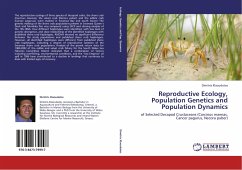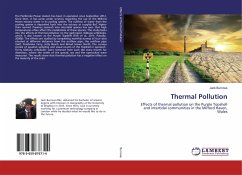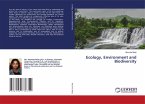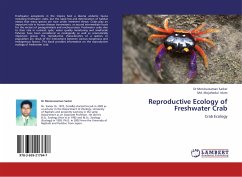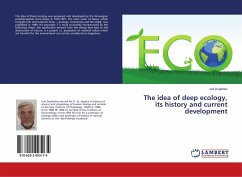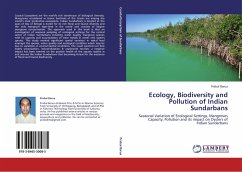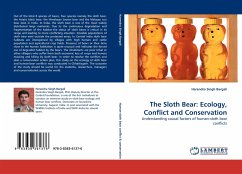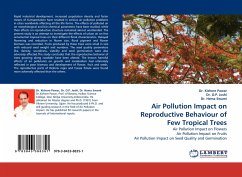The reproductive ecology of three species of decapod crabs, the shore crab (Carcinus maenas), the velvet crab (Necora puber) and the edible crab (Cancer pagurus), were studied in Swansea Bay and south Gower. The genetic makeup of the shore crab populations present in Swansea Queen s Dock and Mumbles Pier was compared using SSCP and cloning analysis of the 16S rRNA. Four different haplotypes were identified, with low level of genetic divergence, and close relationship of the identified haplotypes with published shore crab haplotypes. AMOVA showed no significant difference between the study populations and published shore crab haplotypes. However, all identified haplotypes were different from published shore crab haplotypes, indicating a degree of reproductive isolation of the Swansea shore crab populations. Analysis of the permit return data for 1980-2002 of the edible and velvet crab fishery for the South Wales Sea Fisheries Committee District indicated that a combination of factors including overfishing, environmental conditions, and the Sea Empress oil spill in 1996 have contributed to a decline in landings that continues to date with limited signs of recovery.

